Pliers are one of the most used tools on any jeweller’s bench. I have several different pair that I use constantly for a wide variety of techniques. For those of you that find the variety of pliers a little bewildering, here is a guide to the ones most often used. There are probably more types of pliers being invented right this minute, (and I’m sure I need all of them!) but for this article, we will stick to the basics.
When choosing pliers there are several things to consider, including; the job you need to pliers to perform, the quality of the pliers, the cost, and the size. Make sure the pliers you choose fit your hands. If they are too small, the handles can uncomfortably press into your palms, making them difficult to work with for any length of time. Also, the handles should be coated with a material that provides you the comfort and grip you need to get the job done without causing hand fatigue.
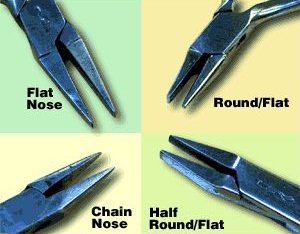
CHAIN NOSE: The chain nose have half-round jaws that taper to a point. These versatile pliers are used for holding small pieces close to the edge, making sharp bends and many other purposes. I use a pair in each hand to open and close jump rings. Make sure that the flat surface of the jaws are smooth or you will end up with little dents in your metal.
FLAT NOSE: Flat nose pliers have jaws that are the same width all the way down. They come in a variety of widths that are great for holding bigger pieces where you need a firmer grip than chain nose pliers can give you. These can also be used for opening and closing jump rings, and putting sharp bends in metal as well as putting tension into ring shanks in preparation for soldering. As with the chain nose pliers, make sure that the jaws are smooth so you don’t leave dents in your metal.
ROUND NOSE: Round nose pliers are essential for making loops in wire. They have conical, tapered jaws, so you can make many different sizes of loops. If you want to make your loops all the same size, make a mark on the jaws with a Sharpie or some tape so it’s easy to find the right spot on the jaws for the size that you want.
1/2 ROUND/FLAT (RING BENDING): These bending pliers are a must for shaping rings or forming anything into a round shape. These have one flat jaw and one jaw that is curved on the inside. The curved side is held against the surface being curved and the flat jaw grips the outside of the piece as you bend. These pliers are a must when forming ring shanks in preparation for soldering.
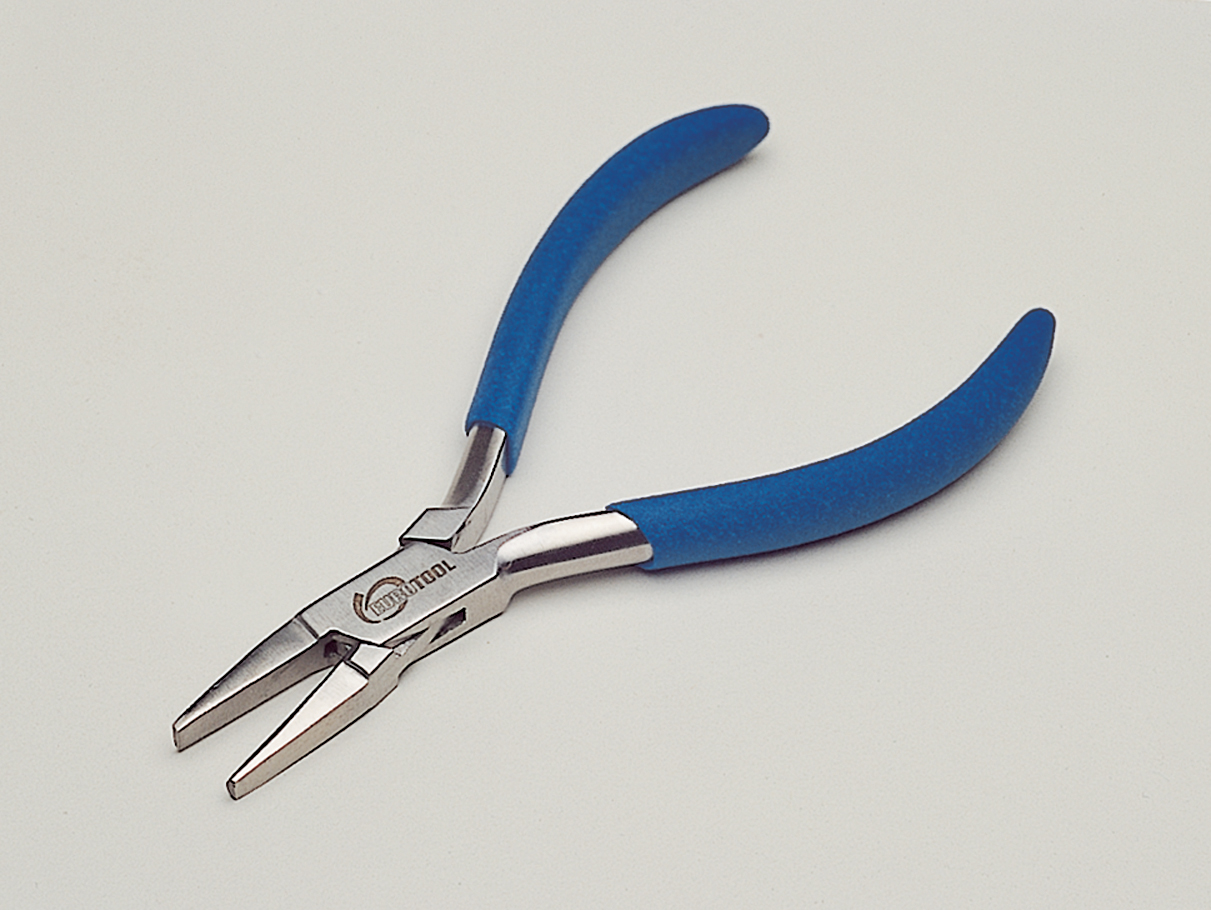
MULTI-HEAD LOOPING: Another option for consistent loops are the multi-head looping pliers. These pliers have stepped jaws with three different circumferences on each jaw for a total of six different sizes. I use these for making ear wires and S clasps so that I get the same size every time. These are one of my favorite and often used pliers.
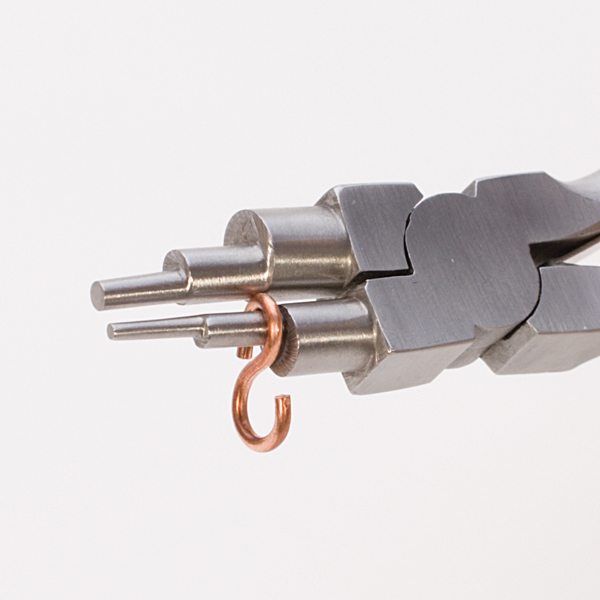
NYLON JAW: Pliers with nylon jaws are great for forming without leaving marks. They are similar to flat nose pliers but much gentler on the metal. These can be used for all sorts of forming and shaping before or after texturing, and the nylon will not ruin your hard work or give you dents in the metal to fix!
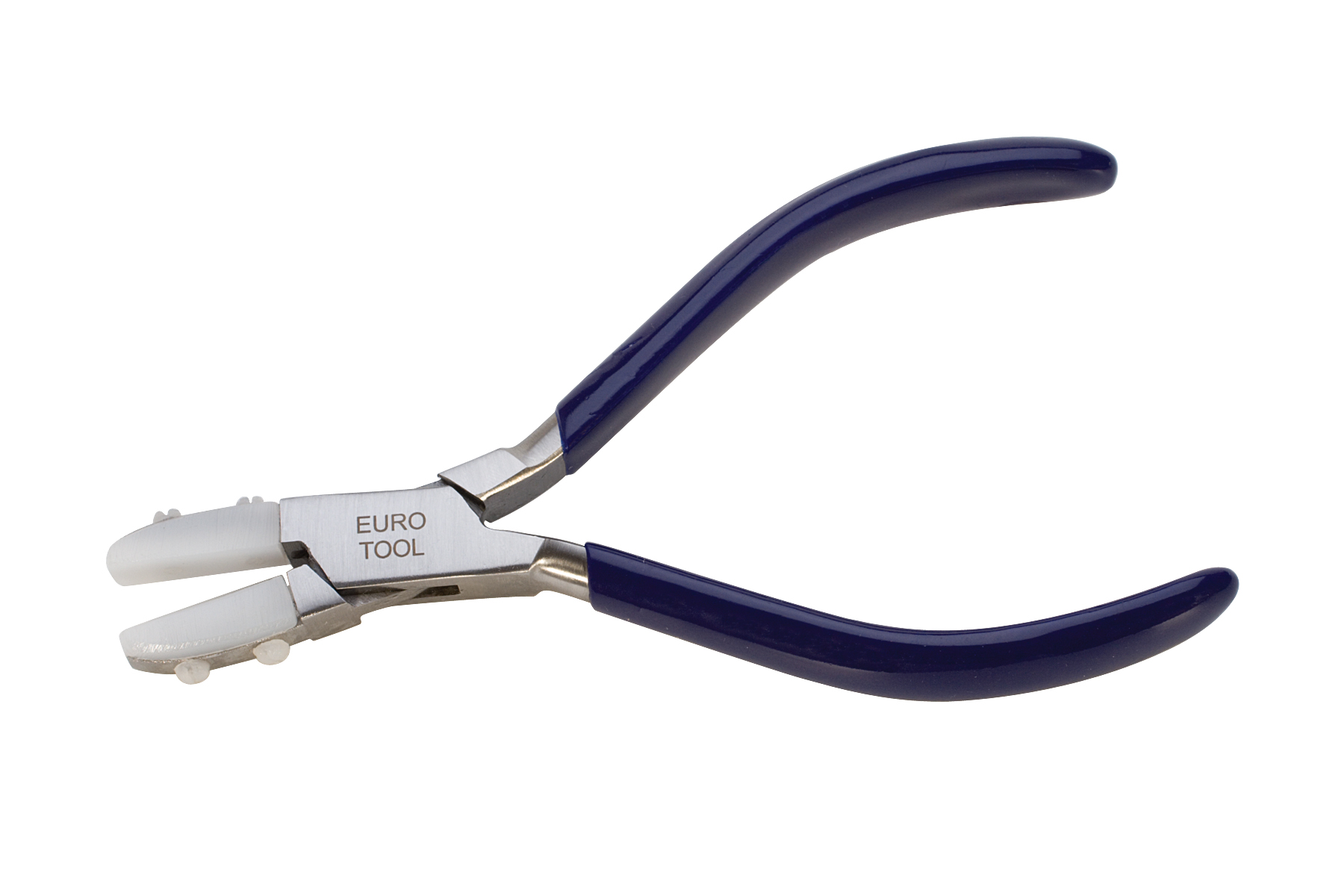
PARALLEL: Parallel pliers are excellent for getting a firm grip on things with… you guessed it, parallel edges. They are really heavy-duty as well so are good for really big pieces.
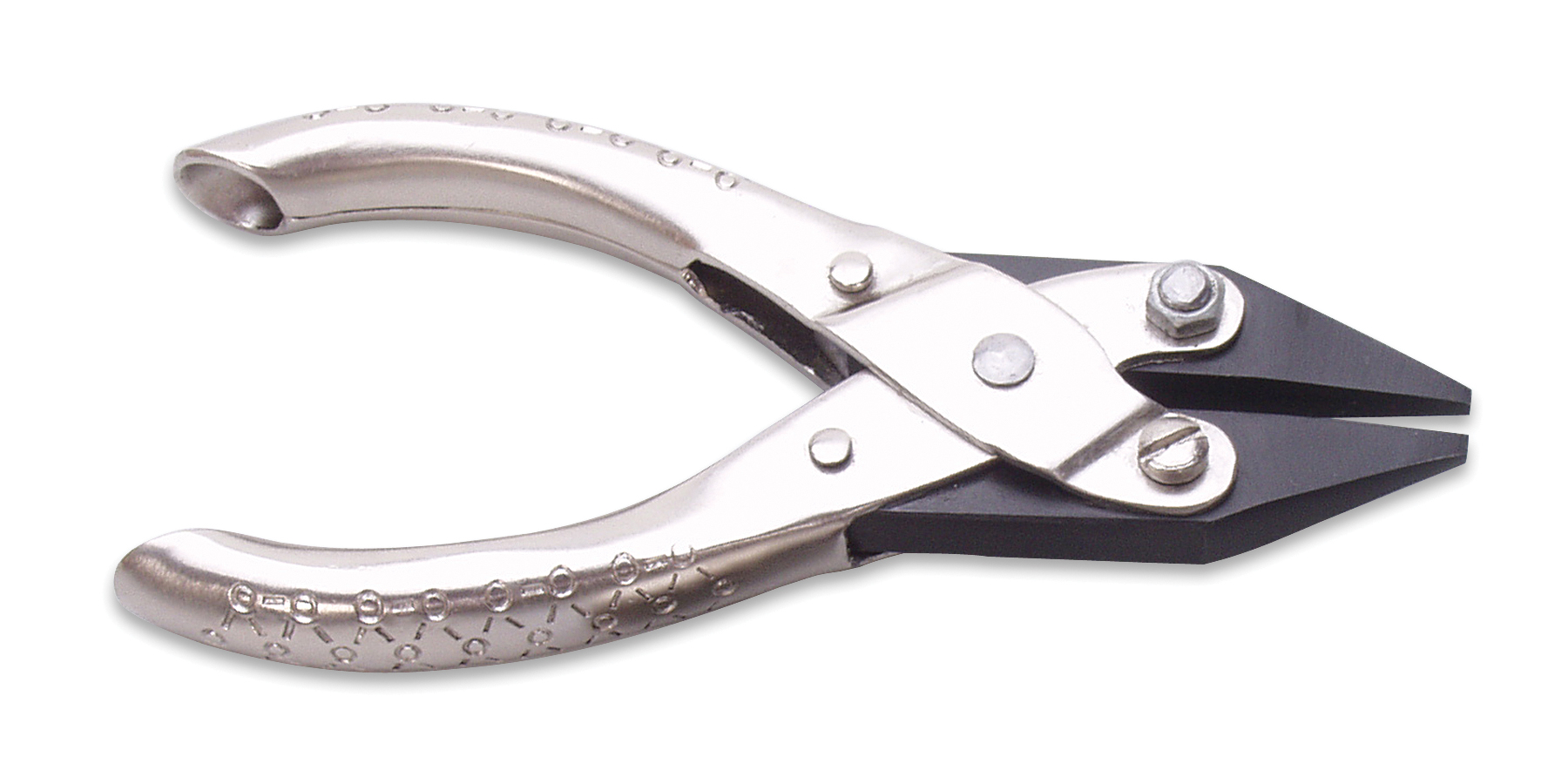
TUBE CUTTING: Tube cutting pliers are awesome! They have different sized notches in the jaws and a slit down the centre. You just need to mark the length you want on your tubing and put it in the appropriate sized notch with the mark lined up with the slit. You can saw through the slit without your tubing rolling or moving. If you do tube setting, these are a must. They will definitely help you retain your sanity.

WIRE TWISTING: Wire twisting pliers do exactly what their name says- twist wire. Twisted wire is a nice accent around a bezel or for making a bunch of stacking rings, and these pliers will help you create a nice even twist the whole length of the wire. Adding interesting elements to your pieces – like twisted wire – give your designs that little something extra – and it’s SO easy! Here’s a demonstration video.
 One handy product to use with your pliers is Tool Magic. It is a thick rubbery compound that you can dip the jaws of your pliers in. When it dries, it becomes a protective coating on the plier heads that prevents nicks and dents on the metal. It does wear out eventually, but you peel off the old stuff and simply re-dip. Some people will wrap masking tape around the plier jaws, but I think the Tool Magic coating provides better grip. One place to purchase Tool Magic is Michael’s.
One handy product to use with your pliers is Tool Magic. It is a thick rubbery compound that you can dip the jaws of your pliers in. When it dries, it becomes a protective coating on the plier heads that prevents nicks and dents on the metal. It does wear out eventually, but you peel off the old stuff and simply re-dip. Some people will wrap masking tape around the plier jaws, but I think the Tool Magic coating provides better grip. One place to purchase Tool Magic is Michael’s.
When you are buying pliers, buy good quality and take care of them. That means not using them as a hammer, a screwdriver or a hole punch, (although there are hole punching pliers). A plier stand is a good investment that will help keep your pliers in great shape for many years as opposed to just chucking them in a drawer where they can get banged around.
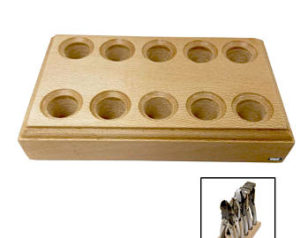
If you are going to be taking your pliers with you on vacation or to craft shows, consider getting a set in its own travel case, so they are protected.
This is by no means an exhaustive list of pliers or even ways to use them. At Workingsilver, we are happy to answer your questions and help you choose the right pliers for your needs. And as with any tool, dexterity and skill comes with practice.
Just like Workingsilver, your pliers are best to keep “At the Artisan Jeweller’s Bench”.
